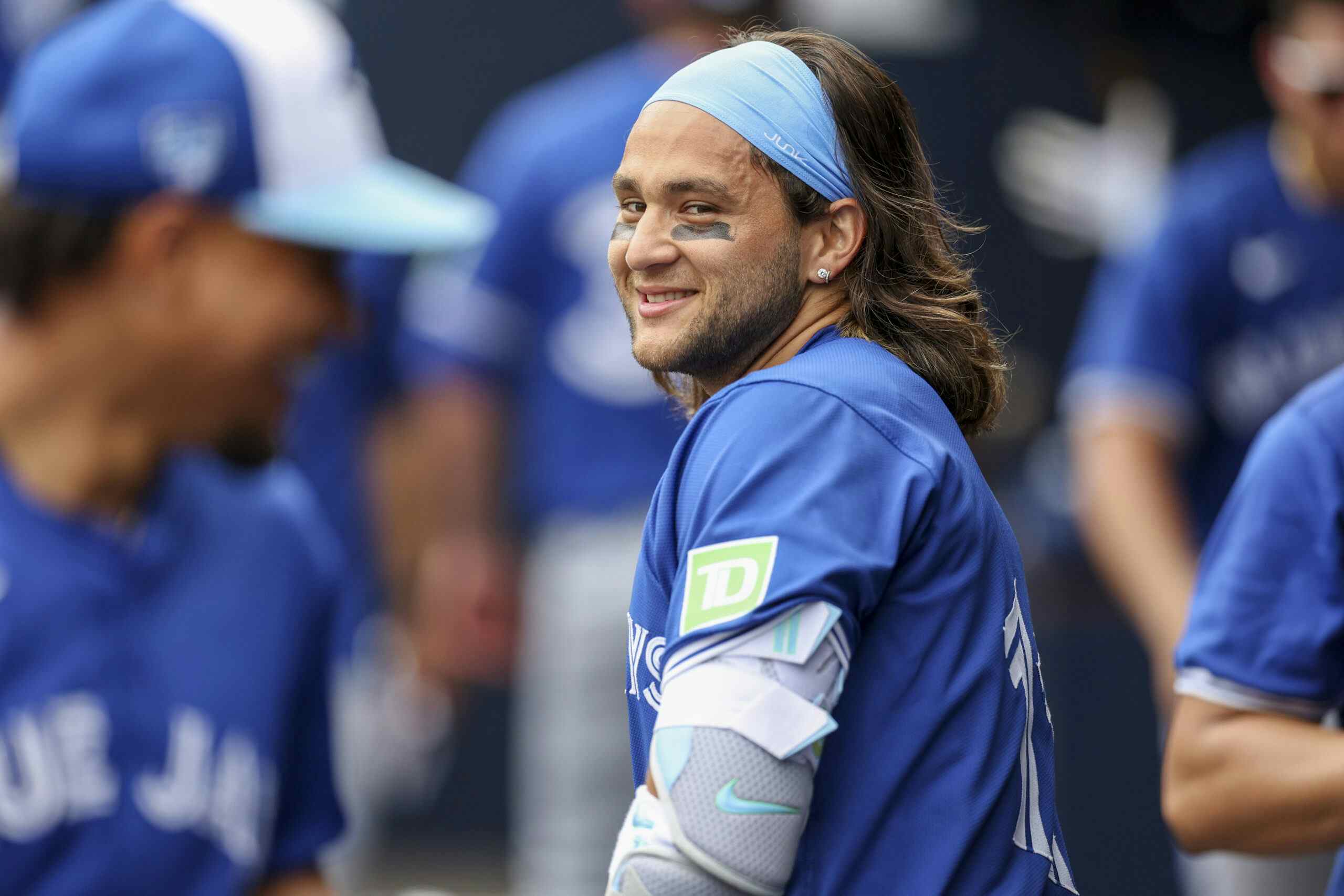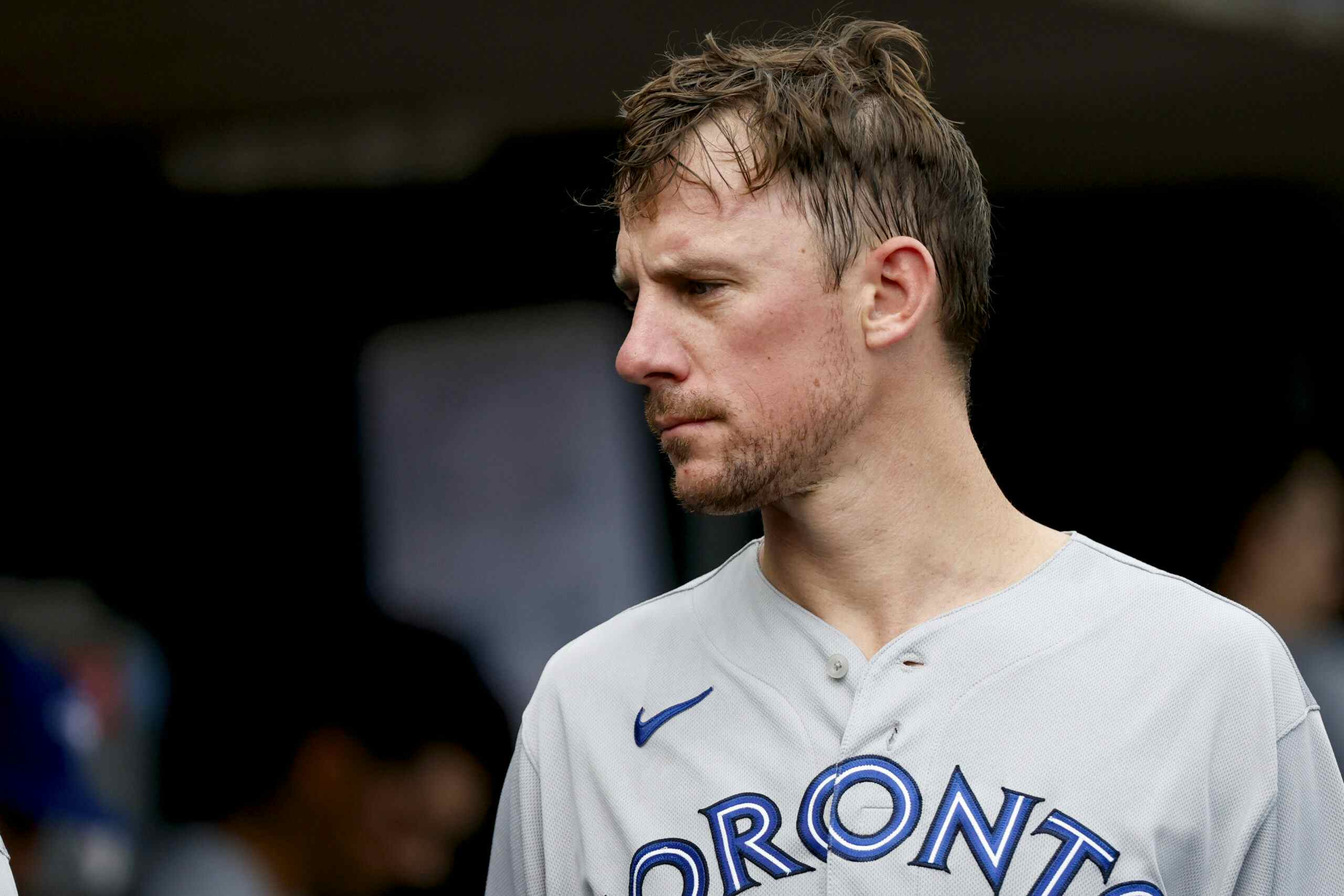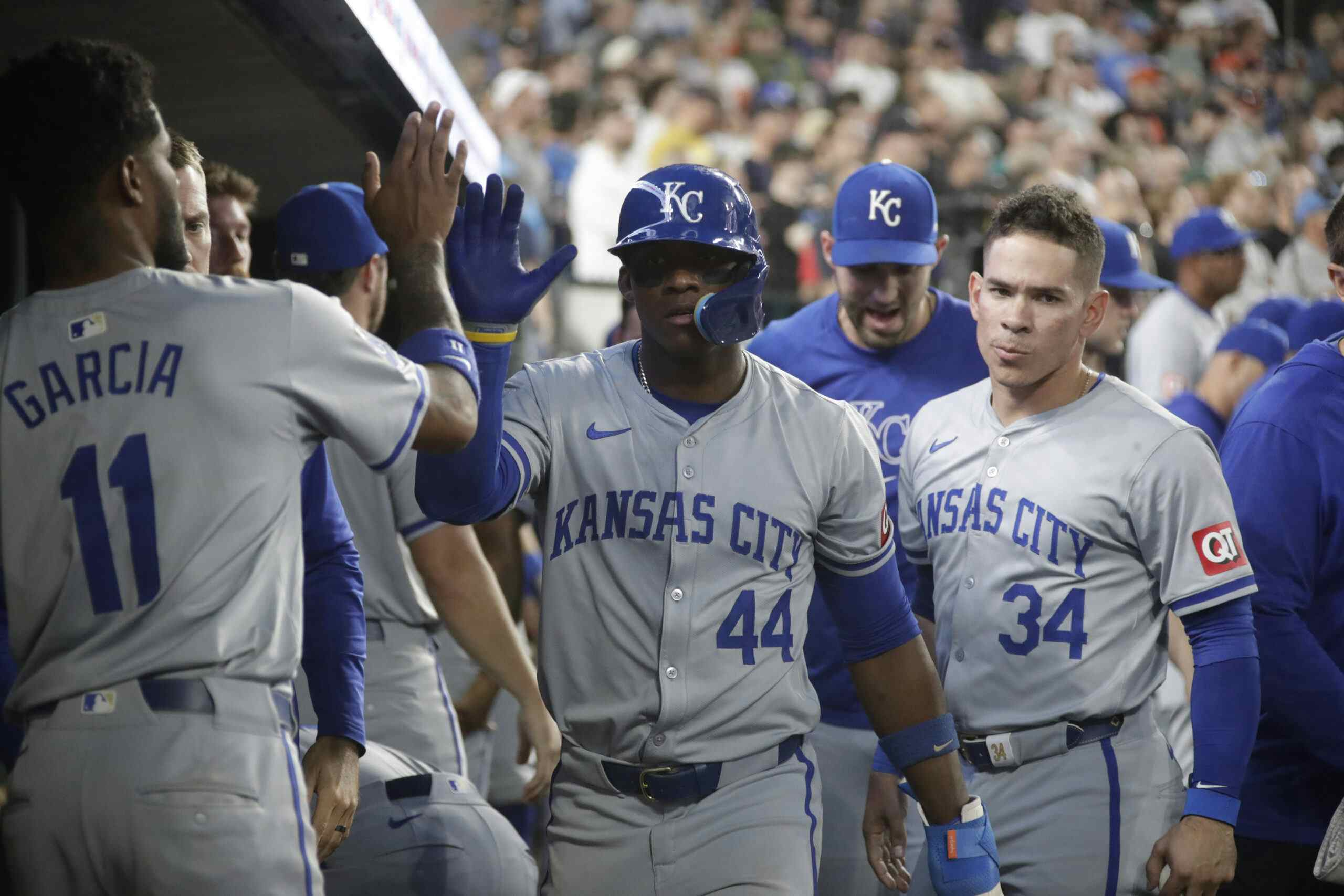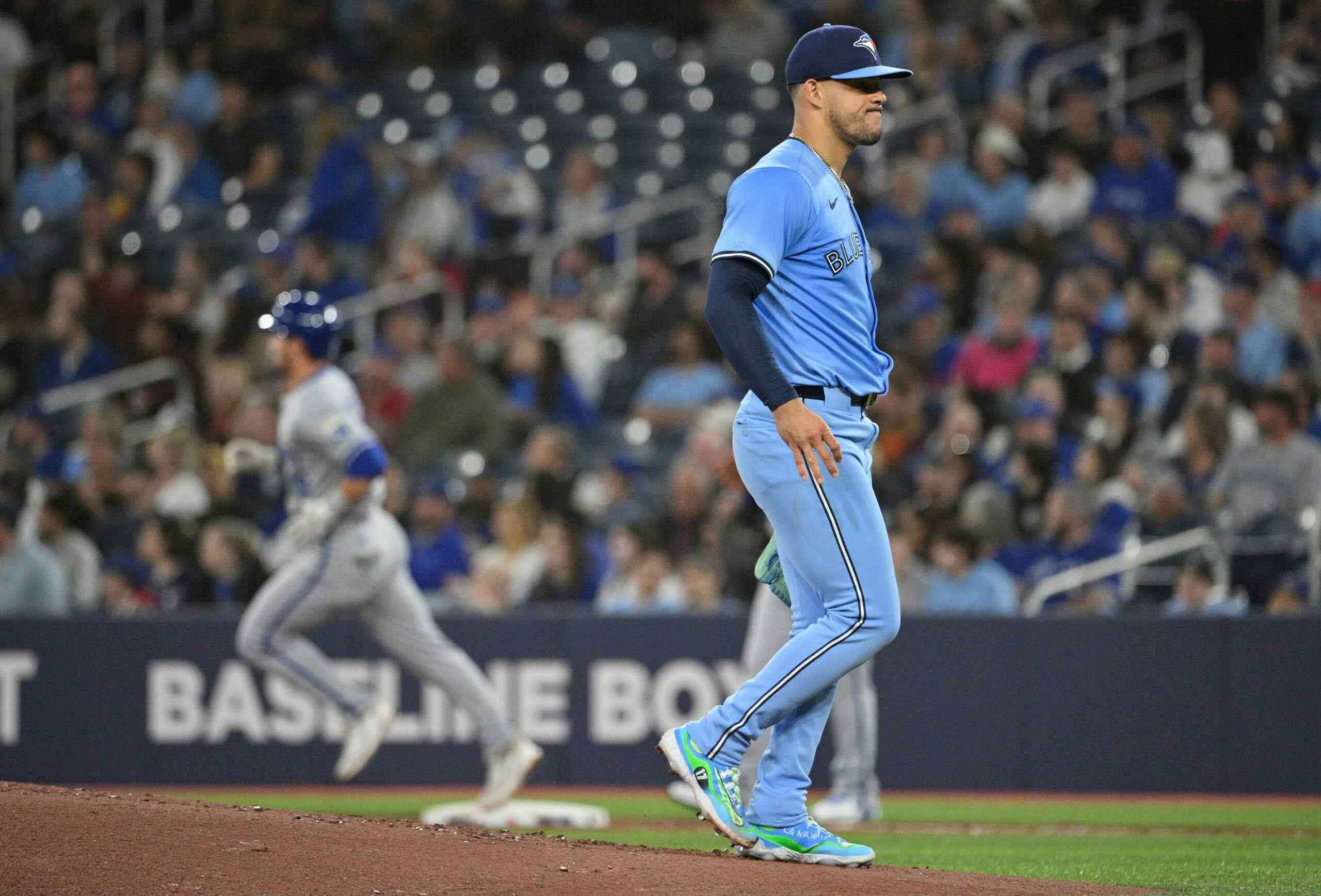What does 2019 tell us about the Blue Jays chances in Weird Year?

By Tammy Rainey
3 years agoBefore I get into this I’m going to put the disclaimer right at the top: I have deep and unrelenting reservations about the wisdom of even trying to play baseball this year, this is not me endorsing the idea. But they seem determined to and given that circumstance, I confess to having a bit of a fetish for the sort of speculation which follows, which is this: What can we learn from 2019 as we attempt to forecast how the Blue Jays might fare in this bizarre short season?
Admittedly, all of this is highly speculative, given that they do not operate in a vacuum (i.e. how other teams have changed affects how competitive they are relative to the Jays in any given game) and given that no player simply reproduces the same level of production year over year. But the temptation to try and read the tea leaves is irresistible so I’m gonna do it.
One more small disclaimer. This must be considered at least in passing:
I’m going to offer a probably unpopular take here. In order to accomplish this the Jays would simply have to assign Pearson to the taxi squad and run through the rotation twice. Not even twice really. I have other things to say about the rotation later on in this post but the core of my speculation there is that, at least initially, the Jays would be wise to roll with a six man rotation as pitcher stamina gets built up.
Depending on the final schedule and how off-days fall, you could easily find yourself in a situation where you run through the full rotation only once before you insert Pearson into the mix, effectively he’d miss only one start off what he would have gotten from opening day. So the logistics of it, and the on-field production opportunity cost is pretty minimal. SHOULD they though? This is the unpopular part. A couple of years back I proposed a grand solution to MLB/MiLB service time issues that would have not only eliminated this sort of manipulation but actually incentivized getting star players to the majors as quickly as possible, so my position on this subject is clear – BUT – do I want the Blue Jays to use up one of Pearson’s six-season of control on THIS Weird Year? Absolutely not. They would be getting the most severely discounted return on “doing the right thing” of any team ever, barring cases of injury. In this particular bizarre situation, I’m completely cool with holding him back a week.
Now, let’s get into the meat of this. There are two big considerations I want to look at – strength of schedule, and player performance, but I propose a lens that – as far as I know – no one else is looking through. This idea occurred to me when I saw Scott MacArthur tweet a few days ago about the Jays’ record last year in their first 60 games (I’ve seen several other comment on some variation of that idea) and right off that struck me as the wrong frame. If we’re going to let some portion of 2019 inform us, it ought not be their FIRST 60 games but the LAST 60. When you look at it through this lens you get, in my opinion, a much more relevant sample (not the least of which because Bo was on the roster for almost all of this sample set, unlike earlier in the season).
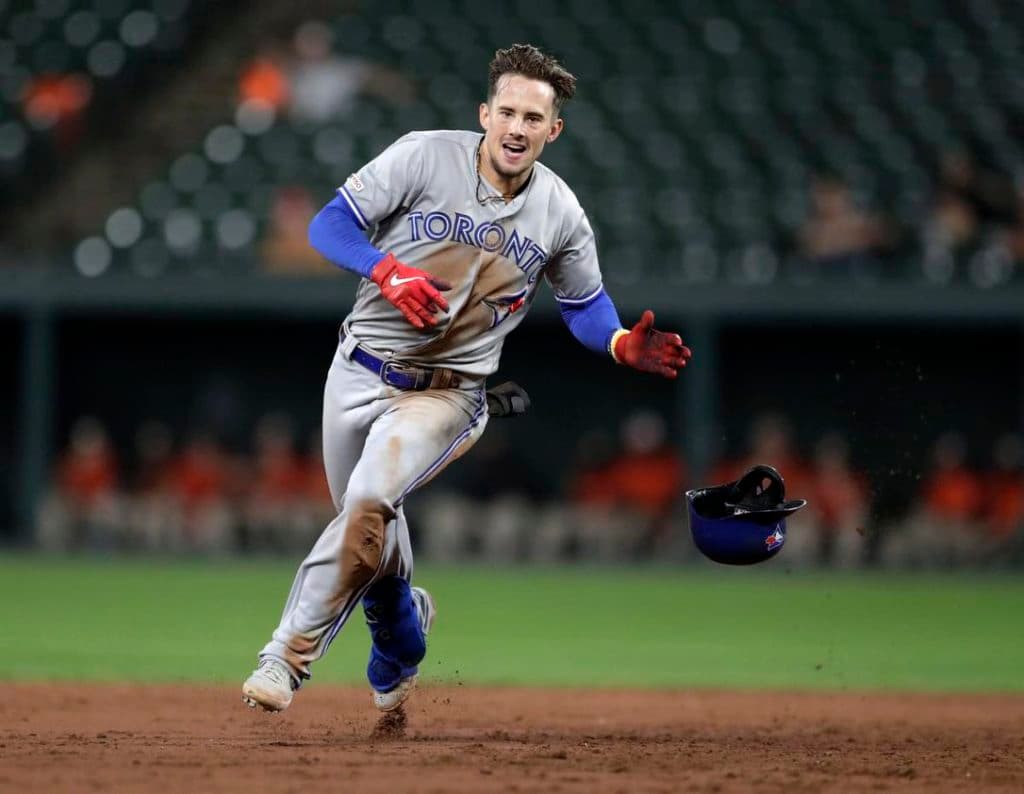
In their last 60 games, the Toronto Blue Jays of 2019 were 29-31. As a baseline, if we (very roughly) infer that they are building off the foundation of an almost .500 team, what can we learn? The first consideration, in my judgement, is the strength of schedule.
It’s already caught on among Jays punditry that the modified schedule will supposedly be brutal to the Jays. Only two sub-.500 teams, not just TB, NY, and Boston but the defending champs and the 97 win Atlanta team? But hold up a second. During the final 60 games last year, 36 of them were against AL East teams, which is pretty similar to 40 games this season being in-division. Twelve of the other 24 games were against teams that won at least 93 games – Cleveland, Atlanta, Houston and the Dodgers. The 12 easier games were against Texas (3), Kansas City (3), and Seattle (6).
The division games were against teams that averaged 85 wins last year, and so were the non-division games. The division games for Weird Season are against teams that averaged 84 wins last year, and the NL East games are against teams that averaged 83 wins. By this measure strength of schedule is basically a wash with the stretch run last year. If you really wanted this to be precise you would isolate the last 60 games for each rival team, which I went back and looked at and, to my surprised, it made very little difference but to the extent that it made any, it made the schedule both in ’19 and in ’20 slightly softer, and the latter slightly softer than the former. So the strength of schedule issues are basically a wash for this exercise.
When we turn to statistical performance, the hitters are much easier to compare than the pitchers. This is for the simple reason that with two exceptions, the whole offensive unit is basically identical to last year’s stretch run team. There are a few caveats that I’ll need to note after we look at the numbers, but what follows below is the slash line numbers, along with plate appearances, with the first nine arranged in a potential batting order.
| Bichette | 0.311 | 0.358 | 0.571 | 0.93 | 212 |
| Biggio | 0.253 | 0.379 | 0.48 | 0.859 | 240 |
| Guerrero | 0.299 | 0.355 | 0.473 | 0.827 | 220 |
| Hernandez | 0.251 | 0.342 | 0.56 | 0.902 | 199 |
| Gurriel | 0.239 | 0.304 | 0.366 | 0.67 | 80 |
| Grichuk | 0.238 | 0.266 | 0.538 | 0.804 | 233 |
| Shaw | |||||
| Telez | 0.226 | 0.325 | 0.481 | 0.806 | 123 |
| Jansen | 0.202 | 0.272 | 0.365 | 0.637 | 114 |
| McGuire | 0.299 | 0.346 | 0.526 | 0.872 | 105 |
| Drury | 0.219 | 0.262 | 0.381 | 0.643 | 164 |
| Fisher | 0.161 | 0.271 | 0.376 | 0.647 | 107 |
| McKinney | 0.198 | 0.263 | 0.442 | 0.705 | 95 |
| Alford | 0.2 | 0.259 | 0.32 | 0.579 | 27 |
| Panik |
* Bichette arrived less than a week after the beginning of the theoretical 60 games “season”:
* Biggio led this team in walks by a wide margin, 39 in 53 games played;
* Guerrero, for the talk of fatigue, was better during this stretch than he was previously;
* Hernandez was a new man after his return from Buffalo and showed out, leading the team in SLG;
* Gurriel missed much of this time with injury and wasn’t untracked offensively when he played, this is a 20 game sample;
* Grichuk led the team in homers over this period, and was second only to Bo in doubles. His 15 homers pro-rates to 40 over 162 games;
* Can’t do much with Shaw, too many variables, but he was abysmal over the last 60 in Milwaukee. He’s basically taking Smoak’s ABs;
* Tellez only appeared in half of these games. But his SLG was slightly higher than Biggio and also higher than Vlad during this period;
* Jansen started and ended the season quite cold, and had productive at-bats in the middle. We don’t really capture that here;
* McGuire was unlike anything he’d shown himself capable of in the minors, but if these two kept up these rates, he’d take over the main job;
The rest of these folks were pretty much exactly what we’d seen them be, albeit Alford got SO little chance to get on track.
* Biggio led this team in walks by a wide margin, 39 in 53 games played;
* Guerrero, for the talk of fatigue, was better during this stretch than he was previously;
* Hernandez was a new man after his return from Buffalo and showed out, leading the team in SLG;
* Gurriel missed much of this time with injury and wasn’t untracked offensively when he played, this is a 20 game sample;
* Grichuk led the team in homers over this period, and was second only to Bo in doubles. His 15 homers pro-rates to 40 over 162 games;
* Can’t do much with Shaw, too many variables, but he was abysmal over the last 60 in Milwaukee. He’s basically taking Smoak’s ABs;
* Tellez only appeared in half of these games. But his SLG was slightly higher than Biggio and also higher than Vlad during this period;
* Jansen started and ended the season quite cold, and had productive at-bats in the middle. We don’t really capture that here;
* McGuire was unlike anything he’d shown himself capable of in the minors, but if these two kept up these rates, he’d take over the main job;
The rest of these folks were pretty much exactly what we’d seen them be, albeit Alford got SO little chance to get on track.
If Shaw returns to anything like his old form, if LGJ hits like he did most of the year, if Vladdy takes another step up, this is a lineup to be even more respected, even if the bench is lacking offensive production. It’s fairly easy to see that offense as consistent with a roughly .500 team with clear potential for more. The pitching though? Buckle up, because here be complexity!
During our postulated “season” at the end of last year, Charlie Montoya resorted to the “opener” strategy with Wilmer Font and others repeatedly. Such a circumstance makes it basically impossible to do a direct one-to-one comparison to what would presumably happen this season. With the team having added three new starters, and also the return of Matt Shoemaker there’s every reason to assume that the opener will be a rarely used tactic during Weird Season. In order to try and parse out a comp, I decided to treat the pitcher who got the most innings in a game, typically the second guy on the mound, as the actual starter and the opener as just a displaced reliever. It also makes stat sorting easier.
First, though, let’s set a baseline of what we should expect. Barring injury, the first five pitchers set for the rotation are Ryu, Shoemaker, Roark, Anderson, and Thornton. This is based on the fact that you don’t bring in a veteran and then not use him, and Thornton being highly successful down the stretch last year (and in the spring), something I’ll say more about in a minute. I am going to further assume that, again barring injury, the Jays will at least begin the year with a six-man rotation because you cannot NOT use Nate Pearson (the previous comments notwithstanding). At some point, it’s likely that injury or inefficiency may bring that back to five but such is unpredictable. So it’s those six, getting (on paper) 10 starts each which I will attempt to use for comparison.
In my 2019 sample, only two pitchers made as many as 10 starts – Thornton and Waguespack. Let me show you something about these two guys. In the chart that follows, I’m comparing their work over the last 60 games with the work of two of the new guys during the same period for their former teams.
| Name | Starts | ERA | WHIP | IP | H | ER | BB | K |
| Thornton | 11 | 3.74 | 1.17 | 55.1 | 49 | 23 | 23 | 49 |
| Ryu | 10 | 3.77 | 1.17 | 59.2 | 60 | 25 | 10 | 51 |
| Waguespack | 12 | 3.97 | 1.29 | 59 | 51 | 26 | 25 | 43 |
| Anderson | 12 | 4.66 | 1.3 | 56 | 51 | 29 | 22 | 43 |
Pretty remarkable, eh? If you simply assumed guys kept doing what they did down the stretch, then Anderson is basically a one-to-one replacement for Waguespack (who one assumes is pushed into the long-man/spot-starter role in the bullpen) and Thornton is more than qualified to be included in the rotation (rather than be bumped by Pearson).
But the other 37 starts were pretty much a mess.
| Buchholz | 7 | 8.37 | 1.62 | 33.1 | 44 | 31 | 10 | 22 |
| Godley | 6 | 4.08 | 1.19 | 17.2 | 12 | 8 | 9 | 13 |
| SRF* | 5 | 4.74 | 1.96 | 19 | 22 | 10 | 15 | 16 |
| Zuech* | 5 | 4.76 | 1.46 | 22.2 | 22 | 12 | 11 | 20 |
| Pannone | 4 | 9.39 | 1.3 | 15.1 | 18 | 16 | 2 | 14 |
| Kay | 3 | 5.79 | 1.43 | 14 | 15 | 9 | 5 | 13 |
| Stewart | 3 | 3.14 | 1.12 | 14.1 | 13 | 5 | 3 | 10 |
| Sanchez | 2 | 4.22 | 1.03 | 10.2 | 11 | 5 | 0 | 16 |
| Stroman | 1 | 1.23 | 0.86 | 7 | 5 | 1 | 1 | 6 |
| Borucki | 1 | 27 | 5 | 2 | 8 | 6 | 2 | 3 |
Collectively that’s 156 IP, for a 5.94 ERA. Five of these ten guys are out of the organization, Pannone and possibly Reid-Foley are likely pushed into relief roles simply because the depth makes it possible. Borucki has to re-establish his health and the other two are depth at best right now. Other than Borucki I wouldn’t presume any of them get major league starts unless injuries are savage. Remember, the team went basically .500 with 62% of their “starts” accumulating this result.
So as a matter of comparison, we’re taking that collective of 37 starts and giving them instead to Ryu, Shoemaker, Roark (who posted a 4.58 ERA during the stretch run last year), and Pearson. It doesn’t take wild flights of fantasy to imagine that you’ll get much better results than that, and all other things held equal, win more games.
Turning to the bullpen we find more complications in terms of drawing direct comparisons. Here are the four returning players that one should assume would be involved in the bullpen (Pannone’s figures are only his relief innings during the sample “season”).
| Name | Starts | ERA | WHIP | IP | H | ER | BB | K |
| Giles | 20 | 2.25 | 0.85 | 20 | 11 | 5 | 7 | 26 |
| Font* | 22 | 3.62 | 1.15 | 37.1 | 32 | 15 | 11 | 49 |
| Gaviglio | 18 | 4.3 | 1.06 | 29.1 | 22 | 14 | 9 | 27 |
| Pannone | 8 | 1.93 | 1.29 | 14 | 11 | 3 | 7 | 12 |
That’s a reasonable foundation. Add to this at least three additions to the roster for whom I cannot really collect a comparable set of stats, but which we are to assume will be upgrades – Yamaguchi, Dolis, and Bass – along with Waguespack and you have a presumably solid core of eight pitchers (no doubt supplemented by up and down movement from guys on the taxi squad). So what are we to compare these too? Here’s the rest of the sample season bullpen beyond the four listed above:
| Name | Starts | ERA | WHIP | IP | H | ER | BB | K |
| Boshers | 28 | 4.05 | 1.5 | 20 | 20 | 9 | 10 | 26 |
| Law | 27 | 2.96 | 1.57 | 27.1 | 22 | 9 | 21 | 25 |
| Mayza | 23 | 5.87 | 1.57 | 15.1 | 15 | 10 | 9 | 13 |
| Adam | 23 | 2.91 | 1.15 | 21.2 | 15 | 7 | 10 | 18 |
| Schafer | 22 | 4.56 | 1.65 | 23.2 | 26 | 12 | 13 | 23 |
| Tepera | 11 | 3.38 | 0.94 | 10.2 | 8 | 4 | 2 | 5 |
| Ramirez | 6 | 5.4 | 1.68 | 8.1 | 8 | 5 | 6 | 6 |
| Biagini | 5 | 4.5 | 1.67 | 6 | 7 | 3 | 2 | 6 |
| Hudson | 5 | 5.4 | 1.2 | 5 | 4 | 3 | 2 | 6 |
| Luciano | 5 | 0 | 0.67 | 6 | 3 | 0 | 1 | 5 |
| Phelps | 2 | 16.2 | 1.81 | 1.2 | 3 | 3 | 0 | 2 |
| Kingham | 1 | 0 | 1 | 3 | 2 | 0 | 1 | 2 |
| Dull | 1 | 12.79 | 0.75 | 1.1 | 1 | 1 | 0 | 3 |
| Diaz | 1 | 27 | 7.58 | 0.2 | 1 | 2 | 4 | 0 |
| Urena | 1 | 36 | 5 | 1 | 4 | 4 | 1 | 0 |
Collectively, the ERA of this group was 4.34 with a 1.48 WHIP over 149.1 IP. Laying aside Ryan Dull’s minor league contract, and Tim Mayza’s season ending injury, only two of these guys remain as options to appear for the team this year. I don’t really have any simple methodology for comparing this group to the incoming guys, all the more so because relievers are by nature highly volatile year to year. But if we take as a baseline assumption that the new guys will not be WORSE collectively than this group was, which seems safe, then the bullpen will at a minimum not be a drag on the improvements made elsewhere.
SO…
Conclusions? Well, with caveats again restated – that you cannot just copy and past performance from one year to the next and this is only serving as a rough baseline guide to guesswork – there’s considerable reason for optimism and with the right breaks, it’s not hard to see at least a fringe playoff contender here. A 29-31 record against comparable competition with THAT patchwork rotation is a quite solid floor. If we assume that in a normal season you need to win 90 to be a serious playoff contender, that’s a winning percentage of .556, and that figure applied to 60 games is 33.33 wins. Can you take our 29-31 team, add Ryu, Shoemaker, Roark, Anderson, and Pearson in place of a slapdash motley crew of starters and add four or more wins?
Why the hell not?
This season makes me nervous as anything in every area except actual talent – but if I tune all that out and just say “how many games can they win?” then yeah, I’m excited.
Recent articles from Tammy Rainey

